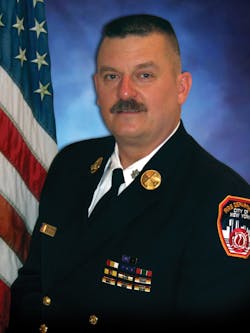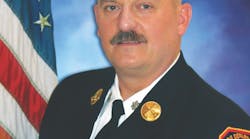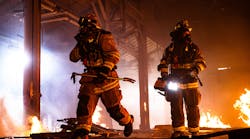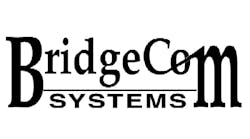Having worked in the FDNY for more than 30 years in numerous units and various ranks, I have transmitted messages on the fireground radio many times. The FDNY portable radio, referred to as the “handie talkie,” is operated by the members using their tactical assignment as their identifier. For example, the officer of Engine 48, when transmitting a message to his chauffeur, identifies himself as Engine 48 and his chauffeur as Chauffeur 48. The roof firefighter of L-11, transmitting a message to her officer, would identify herself as L-11 roof to Ladder 11. This is quite simple and consistent as each day all of these fire companies have the same number of people on duty with the same assignments.
But what if your department has fewer people on board the apparatus and tactical assignments are not used as radio identities? Let’s look at several options that are used by various departments to identify their people on the radio.
Identity based on riding position
One method of identifying firefighters on their portable radios is using a letter system for the riding position on the apparatus. The officer could be identified as the unit number, such as Ladder 1 or Ladder 1A. The other seats on the rig are identified in a similar manner with the driver or chauffeur as Ladder 1B and the four crew position seats as Ladder 1C, D, E and F. Each firefighter who rides in each position is now assigned a radio identity to be used for all radio transmissions. Note that in using this system there is no tactical assignment associated with the identity; rather, it is simply to know which firefighter is making a transmission. The officer has the freedom to assign any firefighter to any task and will use their radio ID to communicate with them. This system lends itself nicely to the radios being assigned to the apparatus and not to the individual firefighters. When Firefighter Smith goes off duty, the radio ID is assumed by the firefighter who relieved them or the volunteer firefighter who jumps into that seat for the next alarm response.
An option for smaller departments
Another radio ID system that can be used is to assign each firefighter a personal radio. This works well in smaller departments, both career and volunteer, that have a limited number of members. In this system, each firefighter’s ID is their name. If they are an officer, their rank precedes the name. For example, “Capt. Jakes to Firefighter Brown.” The difficulty here is that the officer, or any other member, must first know who is on the rig. Another even more challenging situation is that communicating between units is even more difficult for the same reason. The officer of E-1 may not know who is riding on E-2 and contacting them by name is difficult. Additionally, the names need to be remembered and change each shift or each run for a volunteer department. It is, however, simple and provides a level of accountability since each firefighter’s name is used.
An additional advantage for volunteer departments is that firefighters responding from their homes or businesses can call in and report conditions observed in route to the firehouse or receive instructions from an officer about what apparatus or equipment to get to the scene. This system eliminates the need to maintain the radios in the firehouse and charge the batteries.
Some departments use a variation of the above system by providing a radio to each member, but they use a number ID rather than the name. One department used a letter/number system that identified firefighters as F100, F101, F102 and lieutenants as L201, captains as C301 and so on. This shortened the ID for more rapid transmissions yet still identified officers and firefighters.
Whether you are using tactical assignments, unit numbers, letters or names, the value and importance of an easily used radio identity system is critical to effective and safe fire department operations. When used and designed properly, the radio identity system not only facilitates effective fire scene communication, but it is also an important element of the accountability system. When a fire department provides radios for every interior firefighter, they are halfway there. When the radios have a visual screen that displays the message transmitter’s identity, we can track and monitor every firefighter and officer on the scene while conducting tactical conversations. At the company level, there is little need for an officer to ever have to contact any of their firefighters for an accountability check if they are continuously listening to their tactical transmissions.






